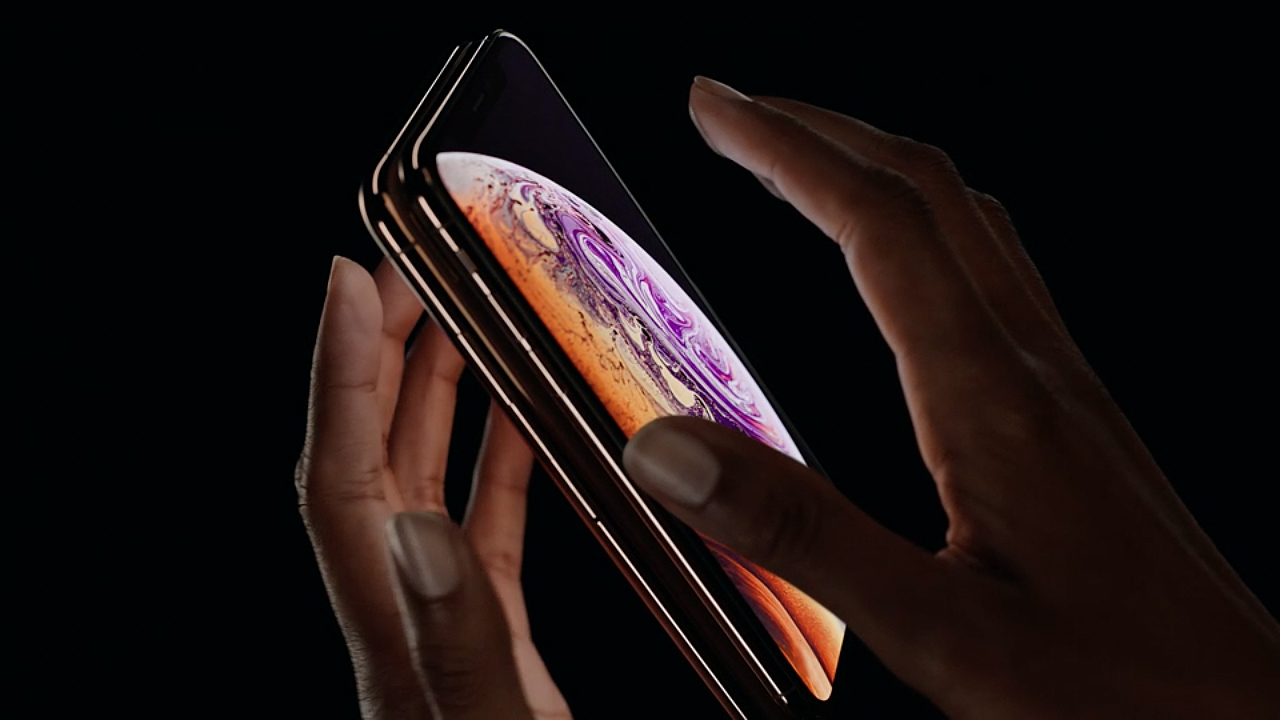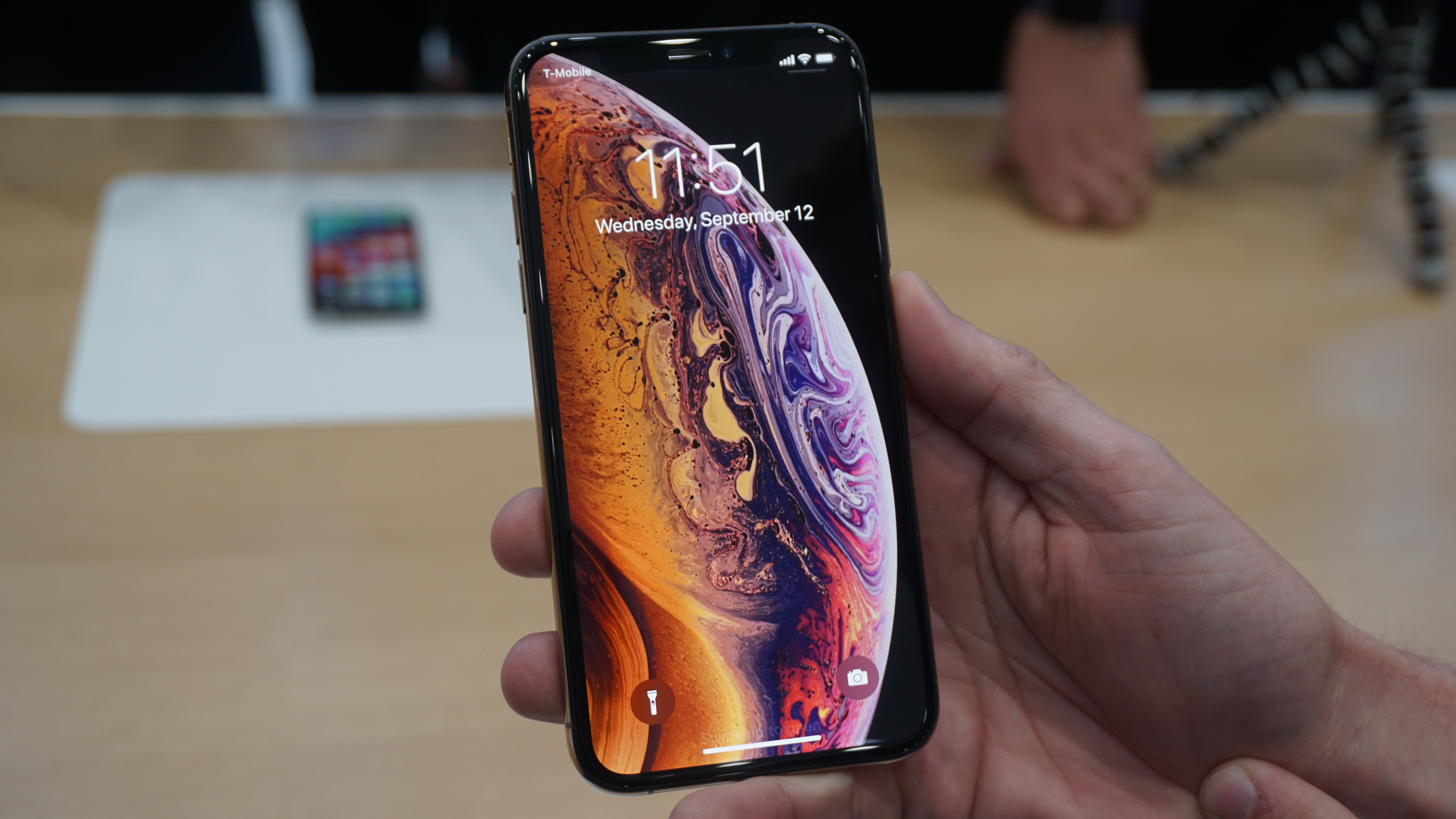The iPhone XS will make eSIM a mainstream mobile technology
What will the long-term impact of the new iPhones be for the mobile industry?

The launch of a new iPhone is always a significant time of year for mobile operators. In an era when consumers are holding to their devices for longer, it’s a nervous wait to see whether manufacturers are able to offer a compelling reason to upgrade.
And with iPhone owners, the issue is even more acute. Whereas manufacturers in the Android market compete on features and price, most iPhone users will only ditch their current device for another iPhone.
The iPhone XS, XS Max and XR hope to appeal to those seeking a premium device, while price reductions for the iPhone 7 and 8 will look to attract more price-conscious buyers. For operators struggling with the shift to SIM-Only tariffs and SIM-free handsets, it’s an opportunity to sell more contracts.
But it’s still too early to assess the impact of the most significant addition to the new devices – eSIM technology.
The rise of eSIM
In addition to a physical Nano SIM card, the iPhone XS and iPhone XS Max include support for a software-powered electronic SIM card. Embedded SIM cards have been included in a number of Android-powered devices, while they are an essential component of cellular-powered Internet of things (IoT) devices.
Apple itself has been a supporter of the technology, including its Apple SIM standard in the iPad Air 2, and using an embedded SIM for the LTE variants of the Apple Watch.
As has been the case with so many smartphone innovations in the past, such as Near Field Communication (NFC) or wireless charging, Android manufacturers have been first in terms of adoption, but Apple’s union of hardware and software means it has been the one to take them mainstream.
Are you a pro? Subscribe to our newsletter
Sign up to the TechRadar Pro newsletter to get all the top news, opinion, features and guidance your business needs to succeed!
This is why eSIM support in the iPhone XS and XS Max is so significant.
Operator business models
“Introducing dual SIMs in all markets is a bold move by Apple and something that will give mobile operators a lot to think about. Having pioneered the technology on the iPad and Watch, it was only a matter of time before Apple brought it to the iPhone,” says Ben Wood, chief of research at CCS Insight.
“The potential for new business models is limited while Apple continues to offer a physical SIM card slot alongside the e-SIM capability, but if it eventually decides to get rid of the physical SIM it will have significant implications for how customers buy airtime in the future.”
Operators might greet embedded SIMs with trepidation. After all, the requirement to physically change a SIM card is one of the greatest barriers to switching networks if a customer is unsatisfied.
The ability to change networks with the tap of a phone will allow users to pick from a wider range of services. Many operators offer customers the ability to change their mobile package if their data needs change, but eSIM would allow them to pick from tariffs from multiple suppliers.
Similarly, someone might want to move to a different network for a short period because their coverage is superior in a certain area.

Dual SIM support
However, with Ofcom making it easier for consumers to leave their operator by simply sending a text message, it might be wiser for operators embrace the change as eSIMs can open up new service types and revenue streams.
Roaming is the most obvious area that can be transformed. An iPhone user might have a physical SIM card for their home network but will be able to take out a short-term deal with a local operator if they are on holiday.
“Dual-SIM support is another feature international markets will appreciate,” add analysts from IHS Markit. “It is especially important in markets in Asia and other regions where carriers do not have as much control over users, as they do in the US.
“This feature also provides an incentive to upgrade to the new devices, for users who might have just upgraded last year, but have been waiting for Dual-SIM support for their personal and business lines for some time. Apple has been successful with this type of delayed technology roll-out before: when Apple made iPhones water resistant, it had a significant effect on the position of the company in Japan, as Dual-SIM is another key feature for Japanese users.
“Dual-SIM support has the potential to do the same in many other markets – perhaps providing a significant push to upgrade faster than anticipated.”
Increasing costs
The launch of the new iPhones also validates two other industry trends. The first is that the average smartphone screen size is increasing, while the second is that increasing prices can offset shrinking growth.
Although Apple’s iPhone sales are largely flat, the iPhone X has been hugely popular despite the large price tag. The iPhone XS and XS are even more expensive, while having a higher launch cost gives Apple greater scope for discounts later in the device’s lifespan.
“Apple is having to make a careful trade-off with these new products,” adds Wood. “It's acutely aware that customers are holding onto their iPhones longer than ever, but by increasing prices and selling services such as Apple Music, apps and iCloud storage the company can keep revenue flowing in during the lifetime of a device.
“With this launch Apple is offering its widest portfolio of iPhones to date. The iPhone X S and X S Max will appeal to long-time iPhone owners looking to upgrade, while the iPhone X R offers most of the features of the top-of-the-range devices at a much lower price, albeit with a less capable camera and screen. With the iPhone 7, 7 Plus, 8 and 8 Plus all staying in the market, Apple has marshalled a line-up that will daunt its competitors.”
- Here are the best iPhone deals for September 2018
Steve McCaskill is TechRadar Pro's resident mobile industry expert, covering all aspects of the UK and global news, from operators to service providers and everything in between. He is a former editor of Silicon UK and journalist with over a decade's experience in the technology industry, writing about technology, in particular, telecoms, mobile and sports tech, sports, video games and media.